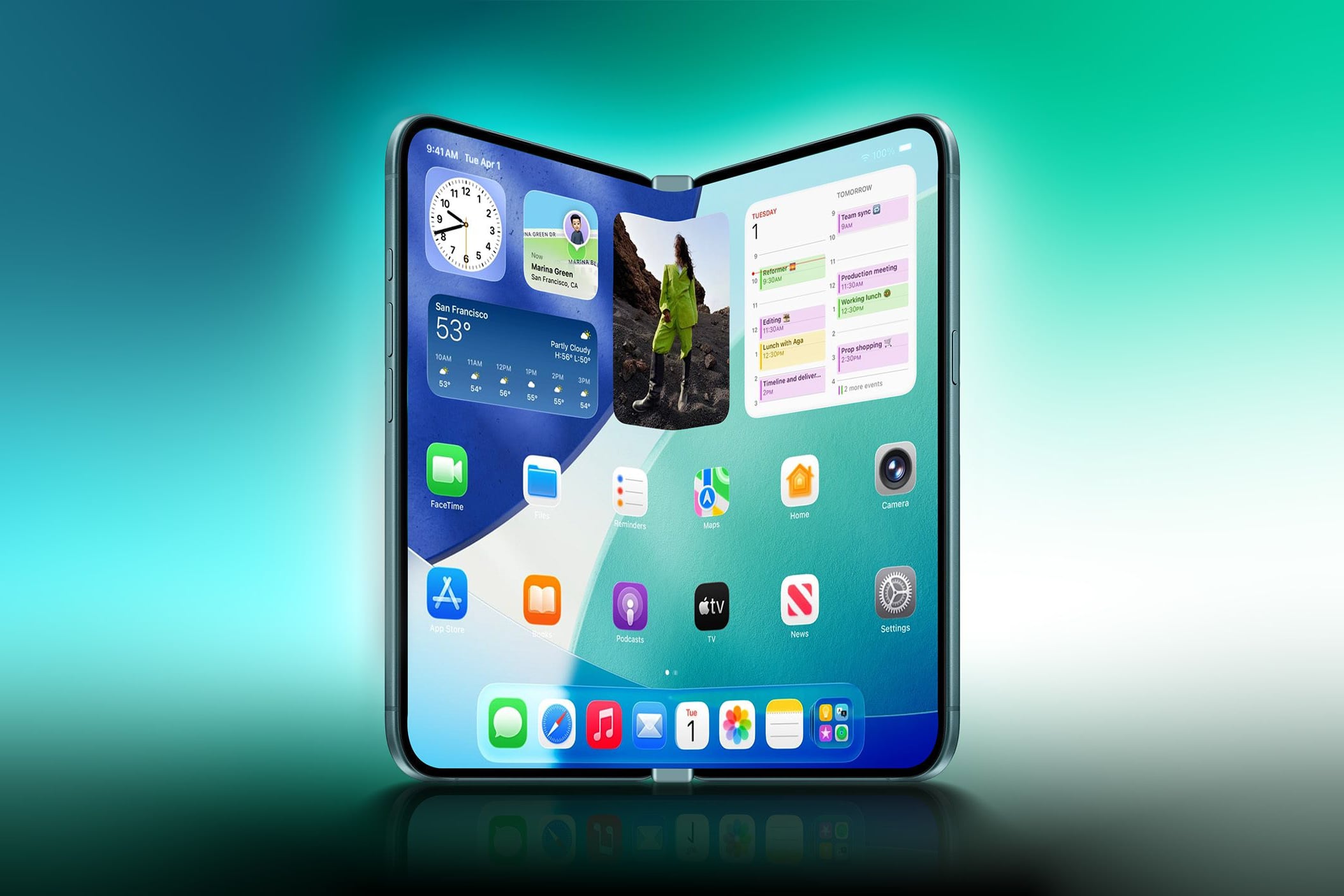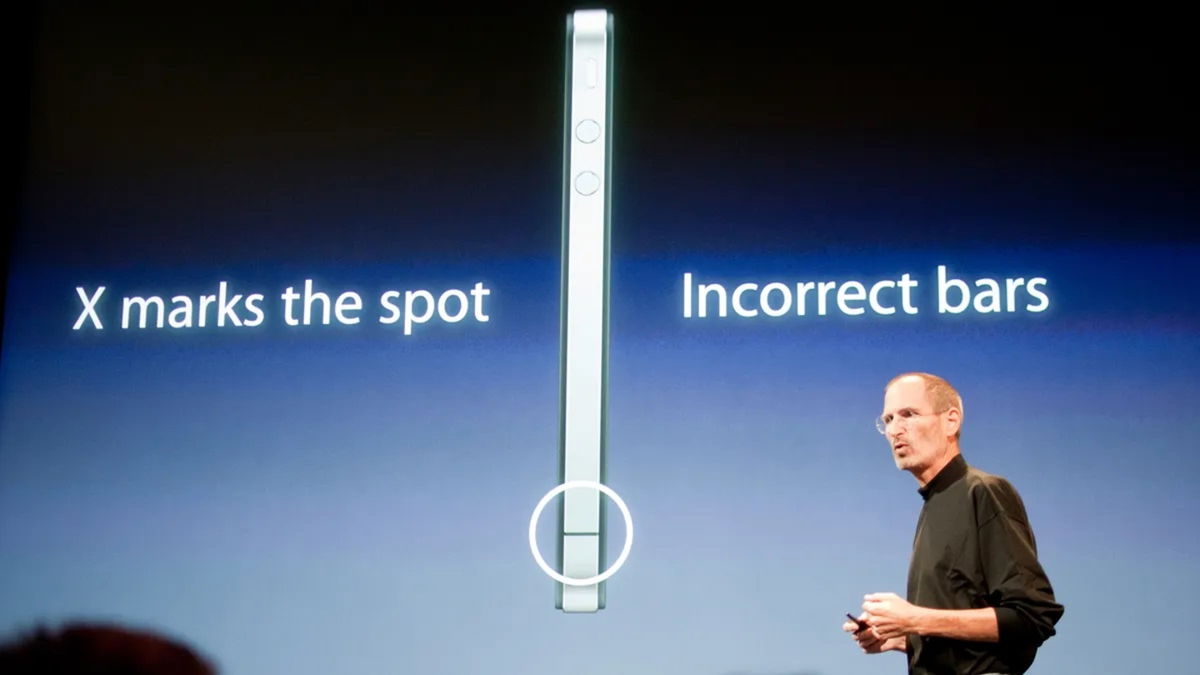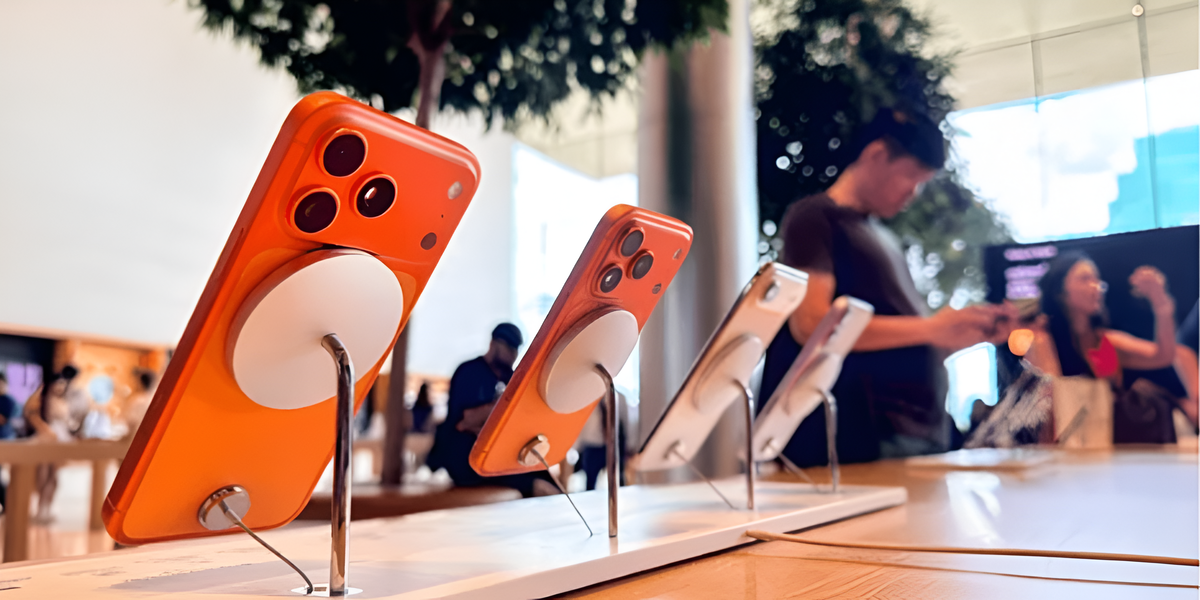I’d say it’s easy to just say “yeah” when the new Apple TV comes out. The smart box for Apple TVs has been a device that “flyed low” for years when it comes to innovation or news. The 2022 version is no exception, with minor changes but some notable surprises related to the remote control and device size.
Almost unintentionally I was with Apple TV connected to one of my TVs. Announced in September 2006 – originally as iTV, although they later changed the name due to a trademark dispute with ITV – and released in 2007, it brings The Apple Experience Gone are the early versions that required a Mac or PC with iTunes to sync or create streaming content. At that time, the maximum resolution was only 720p.
From a modified version of MacOS X Tiger and an Intel processor, we moved to a second generation Apple TV with iOS and ARM chips. From that time to the present, the device has retained its overall design with significant changes regarding remote control and operating system capabilities.
The most important change that Apple TV has made has been the move from iOS to tvOS, a much more powerful operating system, the ability to install apps through its own App Store, and much stronger integration with the Apple ecosystem, and then with other devices through HomeKit.
2021 brought us a new remote control, much more functional, with HDMI 2.1, Dolby Vision and HDR capabilities. Now, in 2022, Apple has made a few more improvements to the device that are more about maintenance than major changes.
The new Apple TV 4K is powered by the A15 chip and features a more compact design.
2022 Apple TV 4K includes chip A15 Bionicused in iPhone 13, iPhone 13 Mini, iPhone 13 Pro, and iPhone 13 Pro Max. Also on the sixth generation iPad Mini, third generation iPhone SE, and the new iPhone 14 and 14 Plus. This is a very powerful SoC that the company is taking advantage of and theoretically making the device faster.
I’m speaking in theory because the 2021 Apple TV GUI (with the A12 Bionic chip) was already quite fast with immediate response. An improvement in this regard will be noticeable in some video games with higher graphics requirements, but the reality is that most of the games available for iOS/tvOS are far from AAA games for consoles.
Which is very sad, because A15 Bionic it’s a pretty powerful chip that could get a lot more out of it if Apple put fewer restrictions – especially on space – on video games. Doubt I can get something like Horizon: zero dawn or Horizon: Forbidden Westbut destiny 2? Of course yes.
In terms of specs and numbers, the 2022 Apple TV is 50% faster in terms of processor and up to 30% faster in terms of graphics. In addition, it consumes 30% less energy. Something very welcome.
Where we’ll notice an improvement is in the overall size of the device. Since the A15 chip doesn’t require a fan to operate in ideal conditions, the 2022 Apple TV 4K is slightly smaller than the previous generation. I must admit I was surprised to learn that the Apple TV has active cooling because I had never heard of it.
The 2022 Apple TV 4K is half a centimeter shorter, shorter and 4 millimeters shorter than its predecessor. When you put one next to the other, you notice it. But if I don’t mention it, it will be hard to notice.
Siri Remote is now USB-C
Another novelty is that the Apple TV is joining the company’s devices that are moving to USB-C. The remote control, which changed last year and we really liked, now charges via USB-C. Depending on usage, there is no need to charge it more than once a year, maximum two. But given that almost all of our accessories and devices are now USB-C, this is valuable.
Apart from this change, everything is the same on the Siri Remote. The same size, the same buttons, materials, weight and autonomy. It’s still Bluetooth with an infrared transmitter.

Dolby Vision, HDR10+ and FPS
The 2021 Apple TV 4K debuted HDR over HDMI 2.1 support with ARC and eARC support. It was all very welcome and very much in line with some of the modern technologies that are also built into increasingly affordable TVs. The 2022 version also supports HDR10+.
HDR10+ is an open standard resulting from a collaboration between Samsung and Amazon announced in 2017. It consists of the addition of metadata providing brightness up to 10,000 cd/m² at 10-bit resolution and up to 8K. On a technical level, the Rec.2020 color space is used.
In some ways it is better than Dolby Vision, but in some ways it is not. Dolby Vision has the advantage that it can work up to 12 bits and is based on HDR10, which allows for slightly more compatibility. Either way, Apple TV finally supports both standards.
One of the criticisms, somewhat unfounded in my opinion, that the 2021 Apple TV 4K received is that it’s capable of displaying video at up to 60fps (thanks to an HDMI 2.1 port). Unlike the Xbox or the latest Playstation, which run at up to 120 frames per second. The 2022 Apple TV 4K supports that 60fps and it still doesn’t make sense to increase it.
Moreover, all non-interactive audiovisual content does not exceed 60 frames per second. Achieving 120 is only an advantage in video games, but I don’t think we’ll see games that can achieve it on a graphical level or really benefit from it.
Apple TV as a privacy firewall
Using Apple TV to consume content has an unspoken advantage. Apple has a very strict privacy policy in favor of the user. And one of the technological devices that least respects the use of our data and habit information is smart TVs and their apps. It’s scandalous, but we can’t do anything about it, because, honestly, nobody cares.
With Apple TV, we can use exactly the same apps that we have installed on Smart TVs, but we can choose not to track our consumption habits and install trackers.
Be careful which Apple TV 4K model you choose
Unlike in years past, this time around the Apple TV models are very different depending on the price. The cheapest version (169 euros or $129) no ethernet port — which I highly recommend using because you avoid dozens of connection speed issues when streaming high-definition content. But besides, does not support thread networks.
The latter is a new open protocol designed for home automation interworking. grid smart accessories. Apple TV acts as a hub. Nonetheless, have there will be a version with an Ethernet port priced at 189 euros or $149.
| Model | Apple TV 4K 2022 WiFi | Apple TV 4K 2022 Wi-Fi + Ethernet |
|---|---|---|
| Port | HDMI 2.1 (ARC or eARC) | HDMI 2.1 (ARC or eARC) |
| wireless connection | Wi-Fi 6 (802.11ax) with MIMO 2×2 bluetooth 5.0 |
Wi-Fi 6 (802.11ax) with MIMO 2×2 bluetooth 5.0 |
| wired connection | Not available | Gigabit Ethernet (10/100/1000) |
| Flow networks | Not available | Yes |

The whole Apple experience on TV
The entire experience of consuming audiovisual content with ease of use, user interface, GUI and integration with the Apple ecosystem is present in this latest version of Apple TV.
If you have a 2021 Apple TV 4K, there’s no point in updating to this latest version. Almost no difference is noticeable. But there are significant improvements over the 2017 version (which also lacks an HDR or ARC port).
If we compare with competing devices like Amazon Fire TV or Google Chromecast, the story is different. In my opinion, this is a price and ecosystem solution, but not so much features.
Chromecast is purchased for 40 euros. Fire TV for only 30 euros, the latter even with a remote control. If you’re not ready to spend more on a smart TV player, I’m pretty sure Apple TV isn’t for you. Because the cheapest version has a price of 169 euros or 129 dollars.
But in benefits, the situation is quite different. The Apple TV experience is far superior to its competitors. I have a Sony TV with Google TV. Even with a built-in Chromecast, the ability to install apps from the Play Store, and a pretty good GUI, I still prefer what Apple has to offer me in terms of operating system, speed, integration with the company’s ecosystem, and features.
Source: Hiper Textual
I am Bret Jackson, a professional journalist and author for Gadget Onus, where I specialize in writing about the gaming industry. With over 6 years of experience in my field, I have built up an extensive portfolio that ranges from reviews to interviews with top figures within the industry. My work has been featured on various news sites, providing readers with insightful analysis regarding the current state of gaming culture.













